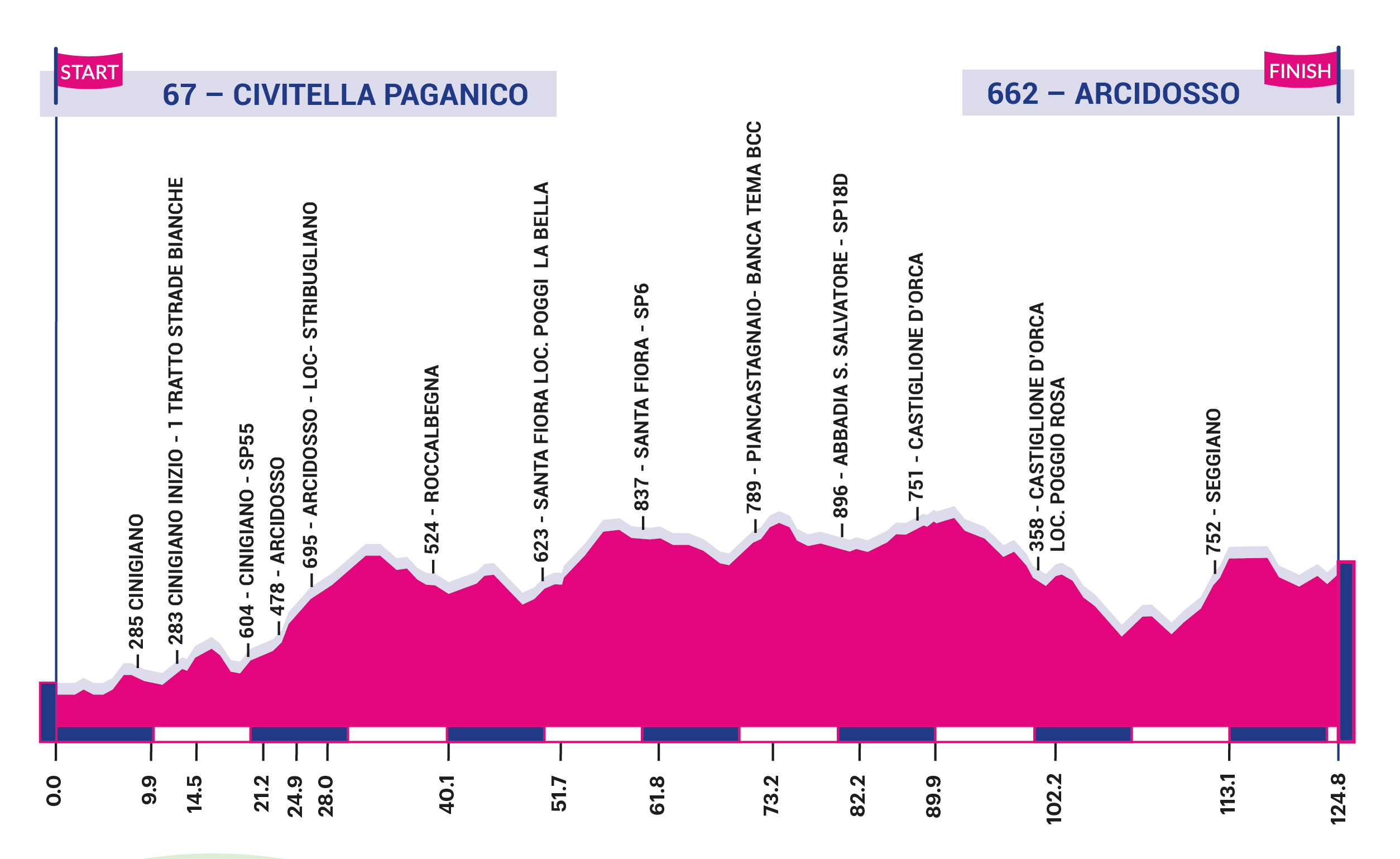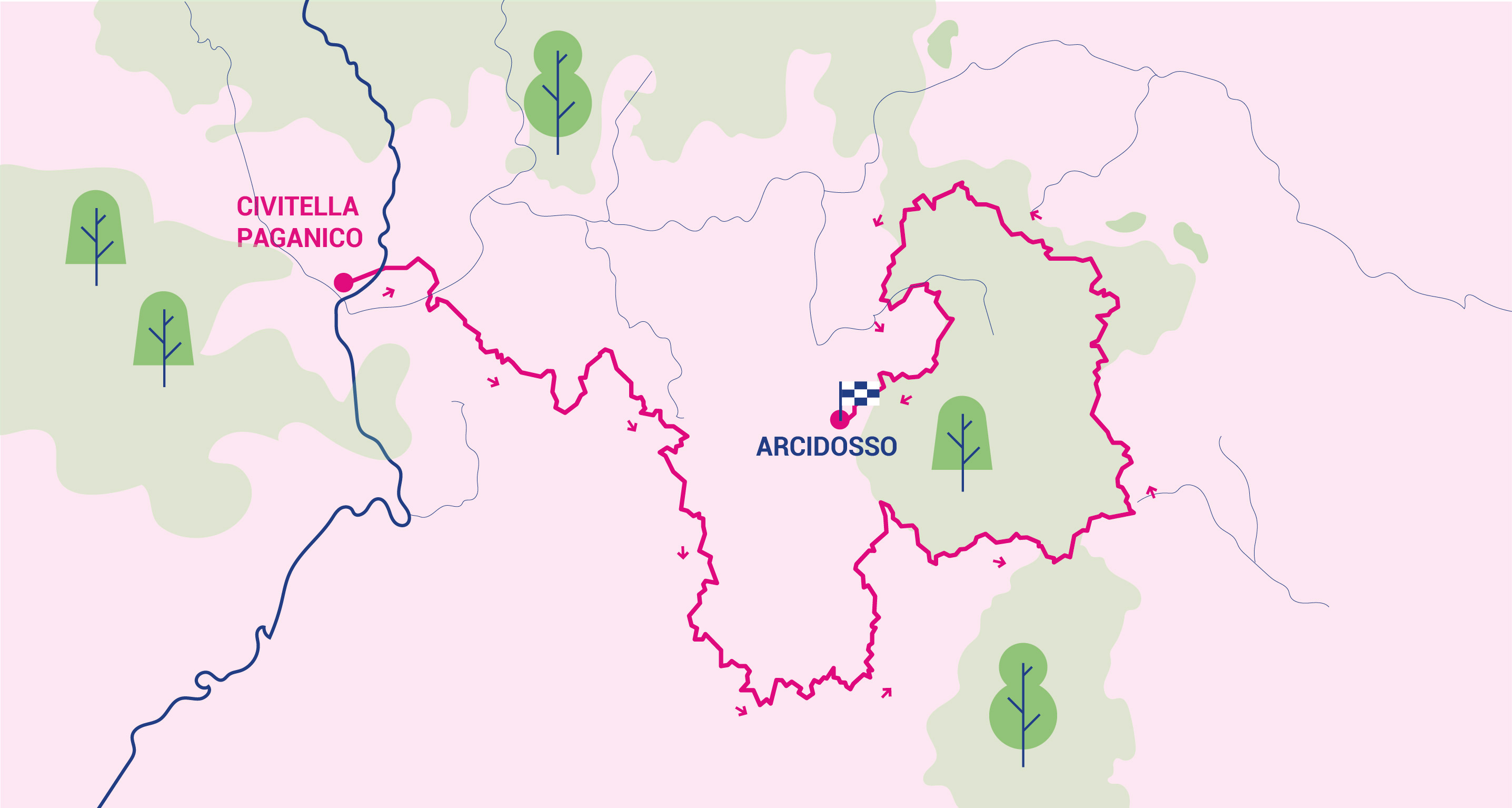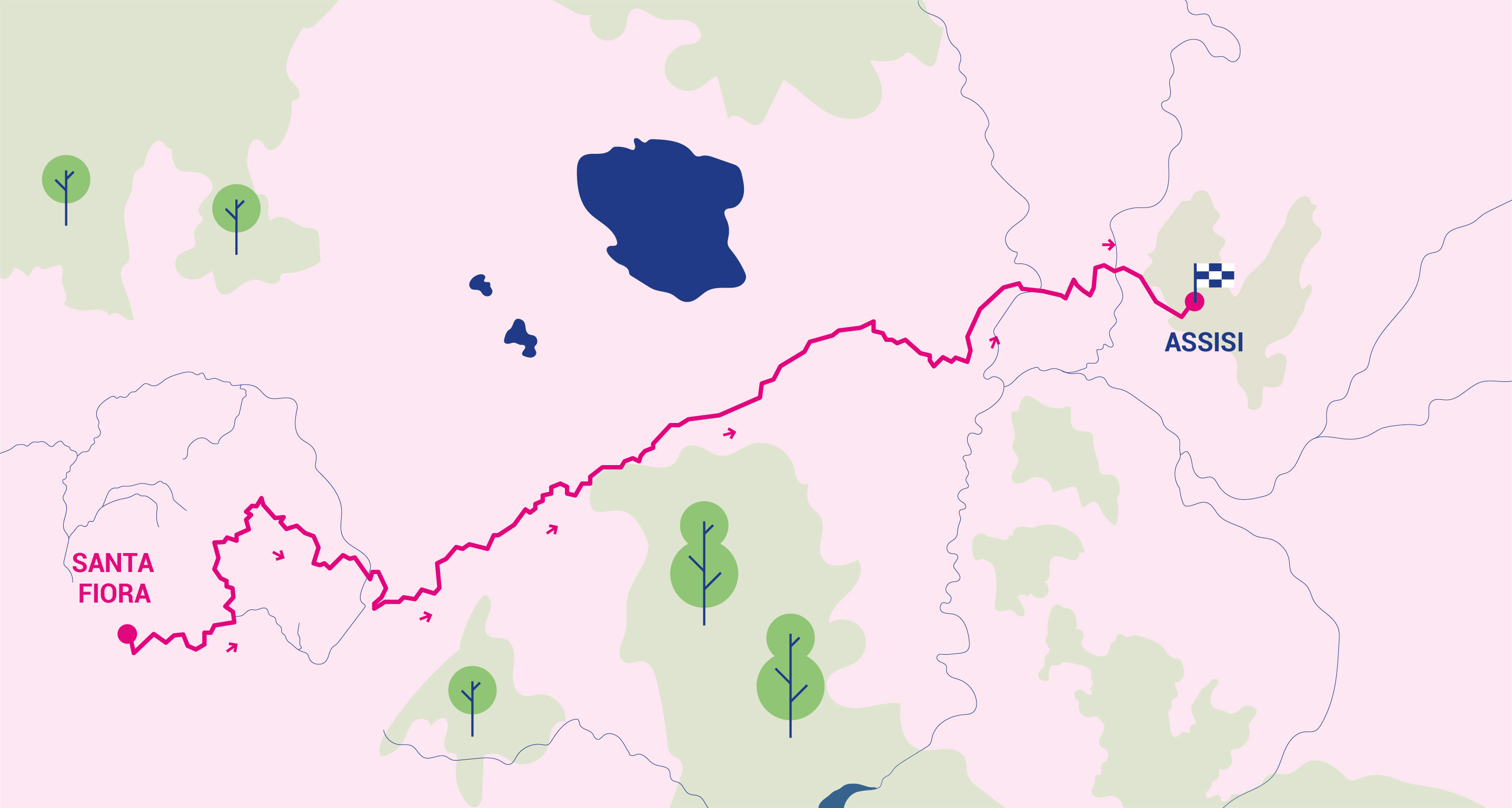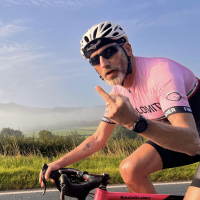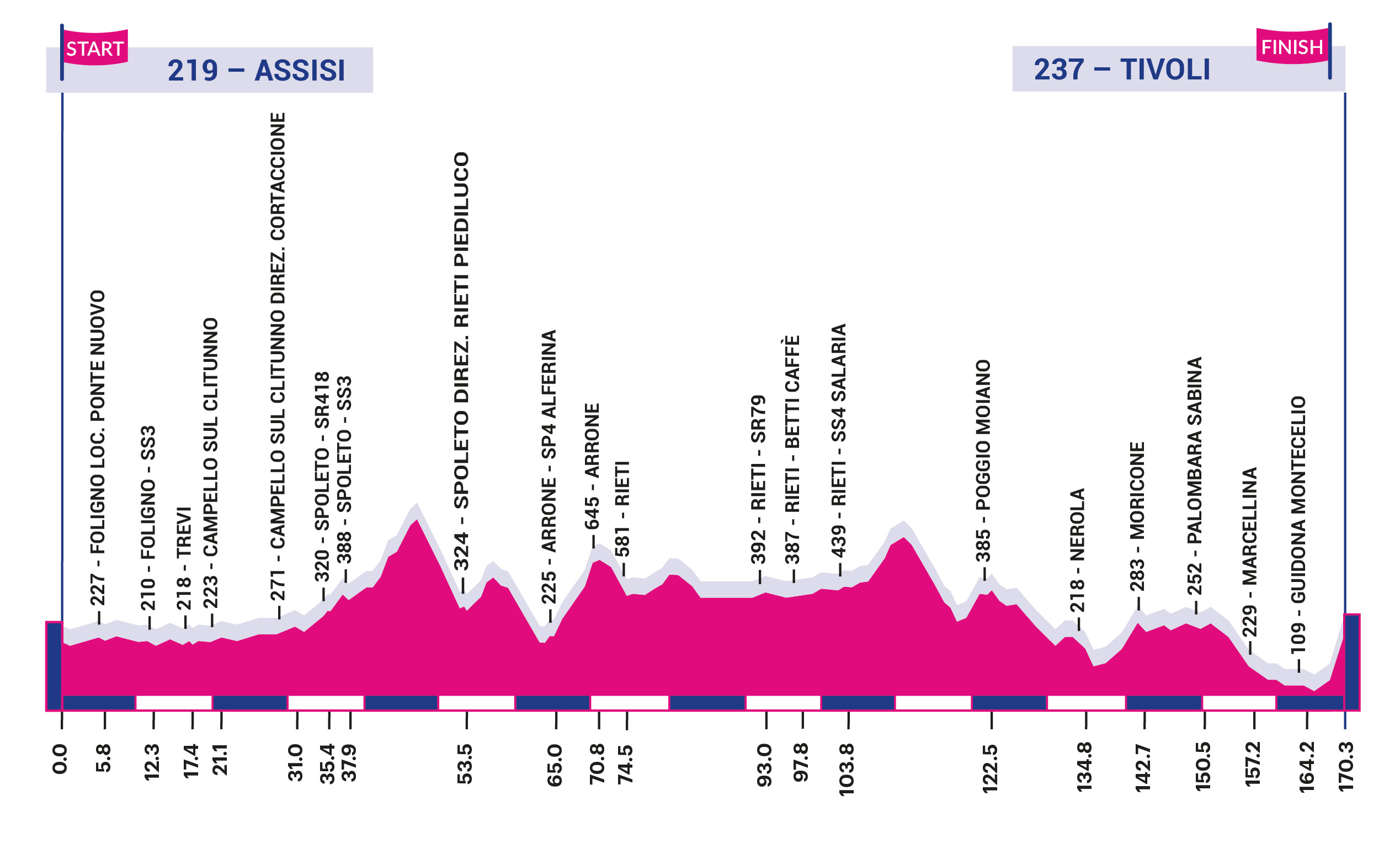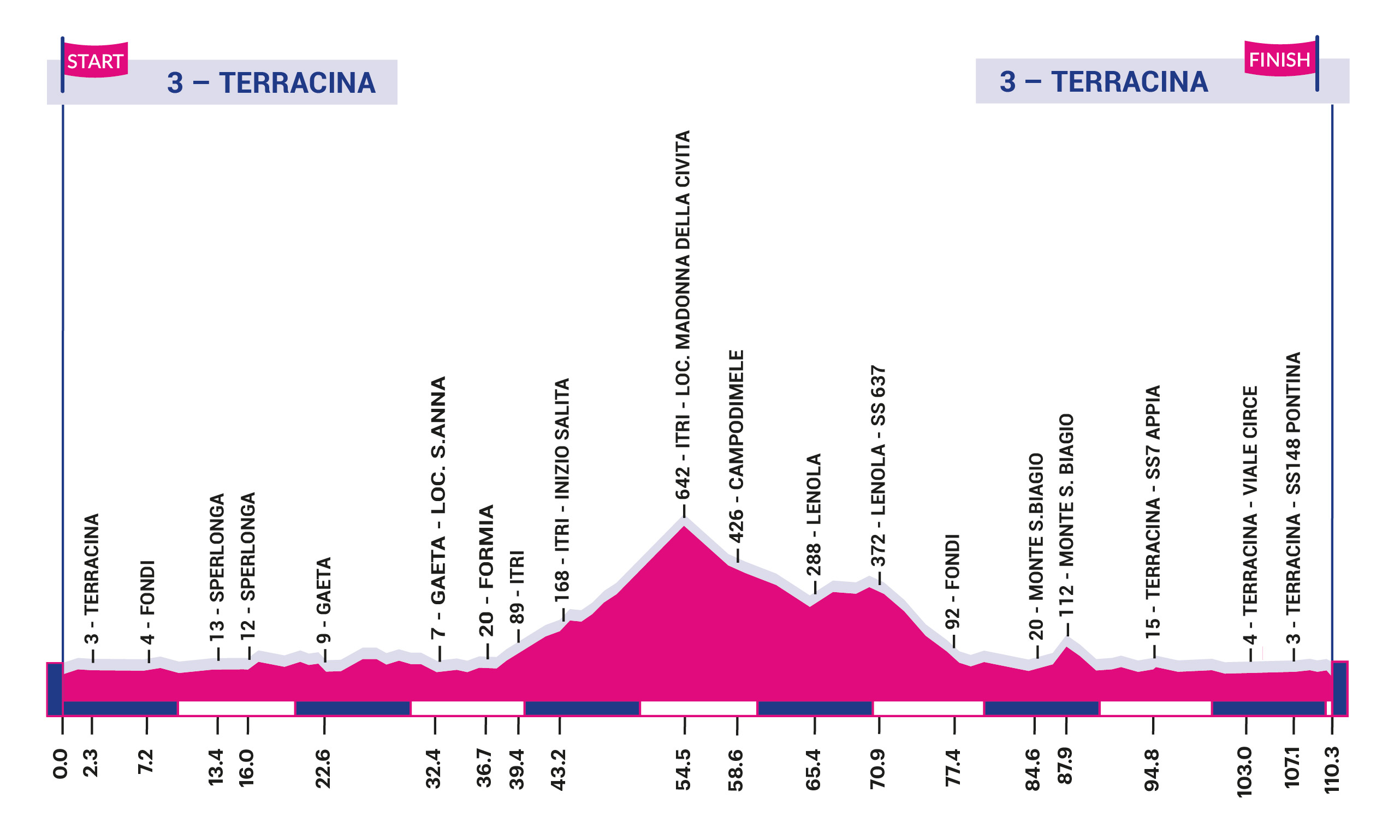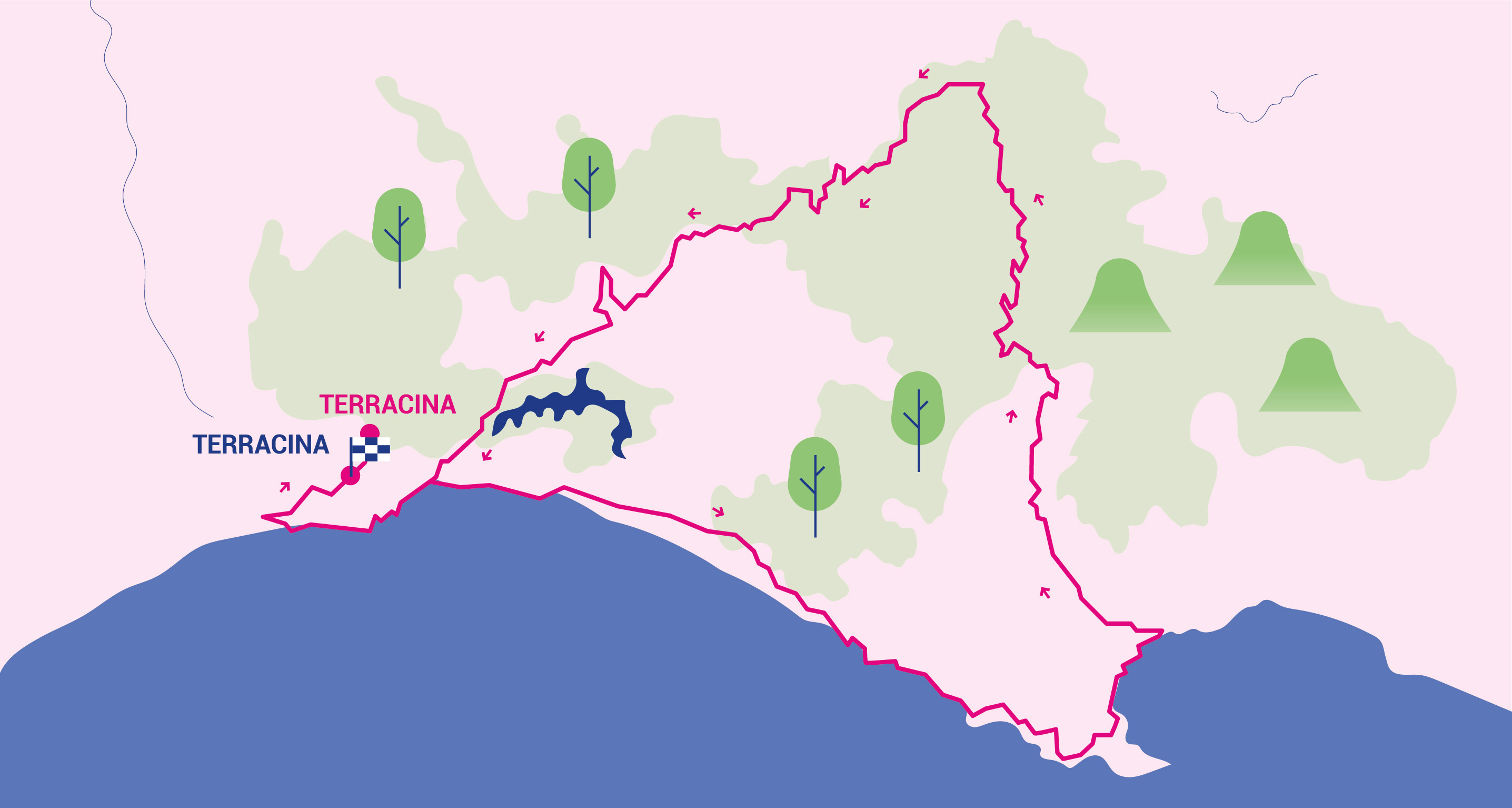Giro d’Italia Internazionale Femminile 2020 [Spoilers]
Comments
-
Yes she nearly dropped them until she remembered it wasn't an ITT ! :-)Lanterne_Rogue said:Won't worry about the spoiler format now people are warned...
Turned on the TV to see Van Vleuten apparently riding her whole team off her wheel, so I guess she's going okay...
Trek looked nicely drilled as did Paula-Ka.BASI Nordic Ski Instructor
Instagramme0 -
-
Stage 2 - Saturday 12/09 Civitella Paganico – Arcidosso
124.8km stage
Streaming: https://youtu.be/1wWtVKd18jM

The second stage will take the riders around Monte Amiata to Arcidosso which lies on the slopes of the western side of the mountain.
The stage remains in the province of Grosseto for another challenging parcours. The route is not easy after just 14 kilometers at Cinigiano is the first section of strade bianchi or dirt road. There is a brief respite as the stage crosses a plainthen the grand finale on the foothills of Monte Amiata where the athletes face the ascent of Seggiano: just over 4 kilometers of dirt road with steep gradients. A chance for stronger riders to slip away and put in some time for their GC bid as only 11 kilometers remains to the finish. One can't but help think of Annemiek van Vleuten's last two Strade Bianchi victories.
The stage features 1760 meters of climbing with a maximum altitude of 950 meters.
Mont Amiata
Mount Amiata is an extinct volcano in the Apennines, culminating at 1738 m, located not far from the Maremma, the Val d'Orcia and the Val di Chiana on the borders of Tuscany near Umbria and Lazio.
It is a mountain with several distinct peaks, small lakes and volcanic rocks rich in cinnabar, the mineral from which mercury is extracted. Its waters come together to form the Fiora River from the Peschiera de Santa Fiora.
It is also where you'll find the Olivastra olive groves. This particular variety of olive grows on the slopes of Monte Amiata up to 600 meters above sea level, particularly resistant to frigid winter temperatures. And. If left unattended, it will quickly go wild and sprout thorny branches!! These growing conditions produce an oil with a unique taste and aroma and a relatively high percentage of antioxidants and vitamin E.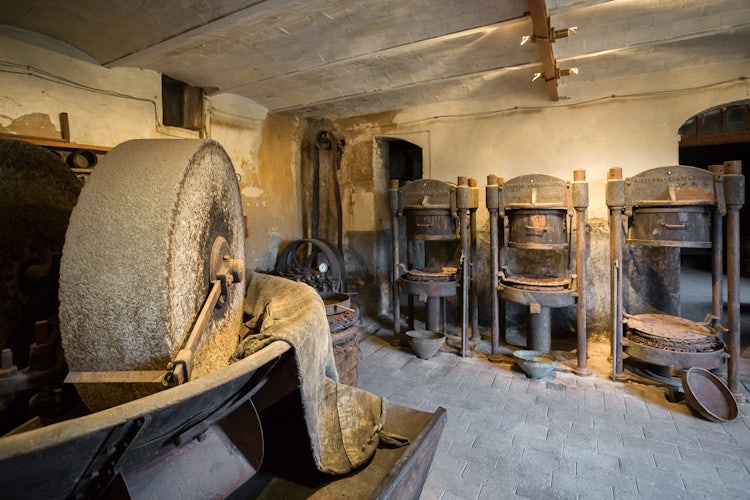
Characterized by its ample, rich foliage, the Olivastra is distinguished by the small size and the peculiar colour of its fruit, which are purple-red during the growing phase and black at the maturation stage.
The slopes are also known for their chestnuts which in winter you will see hawked by street vendors throughout the towns of Tuscany. The first testimonies of the cultivation of chestnut trees on Mount Amiata dates back centuries before Christ. Since the 14th century, the "Statutes of the Amiata" laid down strict rules for the preservation and exploitation of the chestnut resources, both for the harvesting of fruits and for the production of timber.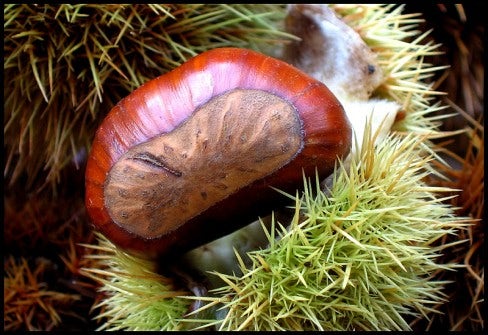
This once overlooked wine producing zone is squeezed between the giants of Montalcino and Montepulciano and in the province of Siena and the young pretenders of Morellino di Scansano in the province of Grosseto.
The DOCG only originates from September 2011 and is produced from grapes grown in 7 municipalities : Arcidosso, Campagnatico, Castel dei Piano, Cinigiano, Civitella Paganico, Roccalbegna and Seggiano.
Nevertheless, wine making here has a history going back centuries.
Biscotto Salato di Roccalbegna
Though it was only recently resurrected in 1982, the origins of this pretzel-shaped savory biscuit can be found in the Middle Ages. It was actually found throughout the area area, not just at the town of Roccalbegna. The ingredients of the biscotto where treasured — especially olive oil — and this meant that the biscuit (or cookie) was prepared only for holidays and special occasions.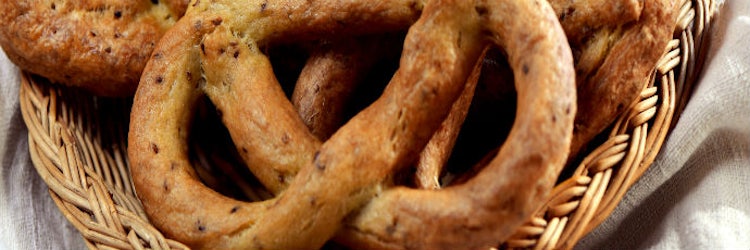
The mountain lies partly in the province of Grosseto and partly in that of Siena.
Civitella Paganico
Civitella Paganico is a comune (municipality) in the Province of Grosseto in the Italian region Tuscany. It features agricultural land, the main economy of the region, interspersed with dense forest. It is home to a variety of plant and animal species. Civitella Paganico is home to the Petriolo hot springs, which have been enjoyed by travelers for thousands of years..jpg)
Arcidosso
Aldobrandeschi castle
The construction of the first nucleus of the castle, around which the town would develop, dates from about the year 1000. The north side of the complex is characterized by a tower that rises beyond the roof of the highest building in the compound.
The historic centre of Arcidosso, one of the most striking in Amiata, develops in a long pyramid shape along the plateau dominated by the castle. Only three gates of the old medieval walls remain, of which two are original – the Porta di Castello, and the Porta Talassese which faces towards the sea.
Arcidosso has several medieval churches, most notably the church of the Madonna dell'Incoronata, where pilgrims journeyed to pray for the end of the great plague; the church of San Niccolò, patron saint of Arcidosso, and the church of San Leonardo. These churches contain medieval frescoes, paintings and icons. Local legend has it that Merlin, the enchanter associated with the Arthurian cycle, lived in a cave in San Lorenzo, a village between Arcidosso and neighbouring Castel del Piano. BASI Nordic Ski Instructor
BASI Nordic Ski Instructor
Instagramme2 -
Great to see some fantastic stage descriptions in classic BR Forum style for the WT, cheers @davidofWarning No formatter is installed for the format0
-
Is today's stage the one that prompted Cecilie Uttrup Ludwig to say "Finally... they don't think our uteruses will fall out if we ride long stages"?
Bloody love her.0 -
Not today's stage, but Stage 4 on Monday. It's 170 kms long.Lanterne_Rogue said:Is today's stage the one that prompted Cecilie Uttrup Ludwig to say "Finally... they don't think our uteruses will fall out if we ride long stages"?
Bloody love her.1 -
Following the TTT with a really, really hard stage might not have been the smartest move from the point of view of maintaining some suspense...
Fair play to AvV though - she's ripping pretty much everything apart right now.0 -
(I'm only assuming it was a hard stage, of course - it certainly sounded like one, but apparently even the UCI didn't know what was going on)0
-
It didn't come across at all well on TV. Apparently it was mostly road but with a long, super hard gravel section at the end.
The trouble was that the road/gravel ratio meant that most riders took a road bike,which then looked ridiculous when they couldn't keep traction on the gravel.
We know the difference in speed between AvV and the boys is minimal but the steepness didn't come across on TV so she and AvdB just looked like they were crawling along.
I know these things shouldn't need to be "an advert" but... stupid people will be able to take a lot of ammo from today.We're in danger of confusing passion with incompetence
- @ddraver1 -
Yes some big gaps already.




and a final gravel section that even gave Van Vleuten some problems.BASI Nordic Ski Instructor
Instagramme1 -
So onto Stage 3 Santa Fiora › Assisi / Sunday 13/09
and the ladies are leaving Tuscany for Umbria and the first uphill finish of the “Giro Rosa 2020”. The end is also a G.P.M. first category located some 413 m.s.l.m. at Assisi, after 142.2 kilometers also characterized by the G.P.M. third category located at 557 m.s.l.m. of San Casciano dei Bagni.
1150 meters of climbing over 142km with a maximum altitude of 936 meters above sea level. It should suit the puncheurs.
Live Feed: https://youtu.be/CBk-tvtYptk
Santa Fiora
At almost 700 meters above sea level the Municipality of Santa Fiora towers over the Fiora River valley, for this reason it perhaps remained a free county until the second half of the 17th century.
The rich deposits of cinnabar of the Monte Amiata area, made this medieval village a mining centre of strategic importance. From the cinnabar ore, also called mercury sulfide, in fact mercury is extracted whose many uses were being discovered between the late 19th and early 20th century: in pharmacy and medicine, for precision instruments as well as for the war industry.
Sforza Cesarini Palace, built in 1575 as the seat of power of the Sforza County over the pre-existing Aldobrandesque Fortress Rocca aldobrandesca, of which only two medieval towers remain, in the main square
The town and surrounding area are known for mushrooms: prugnoli,paiciole and porcini.
Pici (Tuscan spagetti) with local porcini mushrooms.
Assisi
Situated on the western flank of Monte Subasio. It is generally regarded as the birthplace of the Latin poet Propertius, born around 50–45 BC. It is the birthplace of the famous St. Francis, who founded the Franciscan religious order in the town in 1208. UNESCO collectively designated the Franciscan structures of Assisi as a World Heritage Site in 2000.:max_bytes(150000):strip_icc():format(webp)/assai-edb1e6887494485689a988d212e11da9.jpg)
Among the many churches the stand-out is the Basilica of San Francesco d'Assisi (St. Francis): The Franciscan monastery, il Sacro Convento, and the lower and upper church (Italian: Basilica inferiore and Basilica superiore) of St Francis were begun immediately after his canonization in 1228, and completed in 1253. The lower church has frescoes by the late-medieval artists Cimabue and Giotto; the upper church houses frescoes of scenes in the life of St. Francis previously ascribed to Giotto, but now thought to be by artists of the circle of Pietro Cavallini from Rome. The Basilica was badly damaged by a 5.5 earthquake on 26 September 1997. Earthquakes are a major problem in the region.
The town is dominated by two medieval castles. The larger, called Rocca Maggiore, is a massive reconstruction by Cardinal Albornoz (1366) and expanded by popes Pius II (polygonal tower, 1458) and Paul III (the cylindrical bastion near the entrance, 1535-1538). The smaller of the two was built in Roman era: it has been only partially preserved, a small portion and three towers being open to the public.
The Roman amphitheater, built in the early 1st century AD. Its elliptical plan is identifiable from the medieval houses built around it, and from an arch of travertine cunei.
The Piazza del Comune ("Communal Square"), with the Palazzo del Capitano del Popolo (mid-13th century, featuring a series of merlons added in 1927), the adjoining Torre del Popolo ("People's Tower", 1305) the Palazzo dei Priori ("Palace of the Priors", 1275-1493). The fountains with three lions in the southern side dates from the 16th century.
The Temple of Minerva, also facing the Piazza del Comune
The abbey of St. Benedict, founded in the 10th century on the Monte Subasio. Remains include the crypt (late 11th century), the apse and the external walls.
The town is known for Assisi embroidery is a form of counted-thread embroidery based on an ancient Italian needlework tradition in which the background is filled with embroidery stitches and the main motifs are outlined but not stitched.
Umbria is known for Porchetta, a savory, fatty, and moist boneless pork roast often eaten at Christmas or other feast days. The carcass is deboned, arranged carefully stuffed with liver, wild fennel, all fat and skin still on spitted, and/or roasted, traditionally over wood for at least 8 hours. Porchetta is usually heavily salted in addition to being stuffed with garlic, rosemary, fennel, or other herbs, often wild.
although it is said that the Assisi chefs prefer to cater for a tourist palette: Americans, Chinese and Japanese brought to the area by the monastry. Perhaps they will rediscover their roots in this time of Covid?
BASI Nordic Ski Instructor
Instagramme1 -
That profile makes it look like they're running the stage backwards.0
-
pisspoor commentary of stage 2 by Eurosport.
Marty commentating the whole stage as if it’s the closing 500m and Dani not adding enough of her experience to be enlightening.
Dull, would be better if they were having a conversation about what they’re seeing and their opinion of it, rather than spouting facts about the riders and past data.
0 -
I am very much liking these stage intros.
I've just seen yesterday's comedy stage. It was painful to watch on the gravel climb.
The surface was much looser than the usual Strade Bianche stuff.
If the head and shoulders, best rider in the world fails to make headway and falls off, one can only imagine what was happening among the lesser lights behind.
The resulting time gaps are huge, meaning the GC is done on the first "road" stage, unless something dramatic happens.
2 DNFs and 11 riders OTL.
No place for such a course in a GC, imo.
And yes, AvV continued domination of her sport is not helping to develop women's cycling.
"Science is a tool for cheaters". An anonymous French PE teacher.0 -
State of this road surface...

At least the dust died down though...
0 -
A question about yesterday's stage. Would they have been allowed to change bikes for the gravel section?0
-
Stage 3 - A brutal final 600m ripped the peloton apart, with riders virtually falling off sideways as soon as they made the finish line. A select group of six broke out of the pack and went shoulder to shoulder in the final couple of hundred metres, Vos ultimately proving strongest. Despite finishing 12 seconds down, Van Vleuten increases her margin to second.

Stage:
1 VOS Marianne CCC - Liv 50 30 3:53:34
2 LUDWIG Cecilie Uttrup FDJ Nouvelle Aquitaine Futuroscope 40 18 0:02
3 LONGO BORGHINI Elisa Trek-Segafredo Women 30 12 0:05
4 LIPPERT Liane Team Sunweb 25 7 0:08
5 VAN VLEUTEN Annemiek Mitchelton-Scott 20 4 0:12
6 KOPECKY Lotte Lotto Soudal Ladies 18 3 0:13
7 VAN DER BREGGEN Anna Boels - Dolmans Cycling Team 15 2 0:16
8 MOOLMAN Ashleigh CCC - Liv 10 1 ,,
9 NIEWIADOMA Katarzyna Canyon SRAM Racing 8 ,,
10 GARCÍA Mavi Alé BTC Ljubljana 6 0:19
Standings:
1 1 - VAN VLEUTEN Annemiek Mitchelton-Scott 8:07:06
2 2 - VAN DER BREGGEN Anna Boels - Dolmans Cycling Team 1:22
3 3 - NIEWIADOMA Katarzyna Canyon SRAM Racing 1:37
4 4 - LUDWIG Cecilie Uttrup FDJ Nouvelle Aquitaine Futuroscope 2:38
5 5 - HARVEY Mikayla Équipe Paule Ka 3:40
6 6 - MOOLMAN Ashleigh CCC - Liv 3:58
7 7 - GARCÍA Mavi Alé BTC Ljubljana 4:08
8 10 ▲2 LONGO BORGHINI Elisa Trek-Segafredo Women 4:16
9 9 - CHABBEY Elise Équipe Paule Ka 4:40
10 15 ▲5 VOS Marianne CCC - Liv 4:530 -
That seemed like a poor excuse for a race today. A fast club run then sprint up the last 600 meters. I would be interested to see how fast they were going, most riders appeared to be riding mid cassette.1
-
Stage 4: 14/09 Stage 4 Assisi › Tivoli
The race overnights in Assisi and starts from from the Piazza della Porziuncula in front of the Basilica of S. Maria degli Angeli, one of the most important squares in Franciscan history. The riders pass through Spoleto and head south to finish the race in Tivoli having covered 170km over 2050 meters of climbing and descent with the highest point at 673 meters above sea level.
Villa Adriana (Hadrian's Villa - yeah that Hadrian)
This is the longest stage of the Giro Rosa 2020. There is only one third category Queen of the Mountains in Arrone after 70 kilometers of racing but the profile is typical of the roads of central-southern Italy. The last three km are a climb of some 200 meters. The climb starts as the riders pass through Villa Adriana, a Roman pleasure palace that which became a Unesco world heritage sight in 1999.
Will the long stage produce a breakaway, so far the ladies don't seem to have got organized to produce a long break away. Or will it nullify the race until the final climb?
Stage 4 on Streaming
Tivoli
Tivoli (latin: Tibur) is a town in central Italy, about 30 kilometres east-north-east of Rome, at the falls of the Aniene river where it issues from the Sabine hills. The city offers a wide view over the Roman Campagna.
Historical traces of settlement in the area date back to the 13th century BC. The city's name may share a common root with the river Tiber.
Originally a Sabine town during the Roman age Tibur maintained a certain importance, being on the way (the Via Tiburtina, extended as the Via Valeria) that Romans had to follow to cross the mountain regions of the Apennines towards the Abruzzo, the region where lived some of its fiercest enemies such as Volsci, Sabini and Samnites.
Sights
Villa Adriana, part of the UNESCO World Heritage site list from 1999
Villa d'Este, part of the UNESCO World Heritage site list since 2001
Villa Gregoriana
Villa d'Este
Rocca Pia, a 15th-century fortress built in 1461 under Pope Pius II to counter the urban strife between the Colonna and Orsini. The fortress has a square structure with four round towers of different heights, the highest reaches 36.50 meters at the same level of the Roman amphitheatre (second century AD) also known as the Amphitheatre Bleso.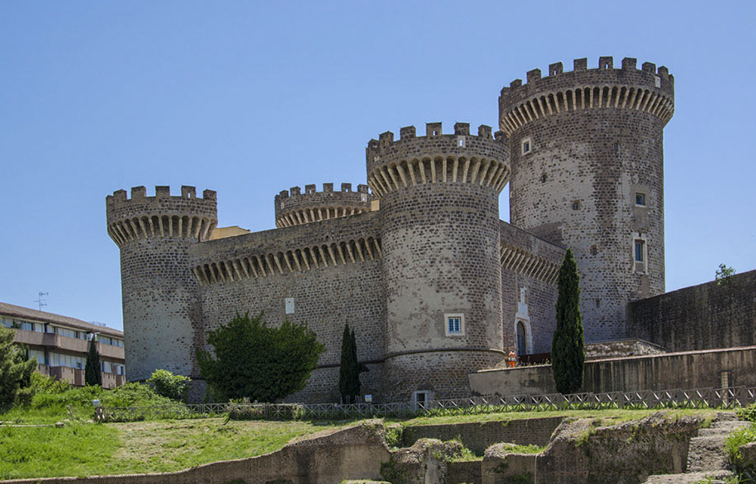
Temple of "Tiburtine Sibyl". You may be familiar with this structure from many classical paintings and sketches although the surroundings were much less urbanized. It was built in the 2nd century BC on an artificial platform in the acropolis. Characterized by Ionic columns (only two of which remain today), it measures 15.90 by 9.15 metres (52.2 by 30.0 ft). The interior was decorated by frescoes and stuccoes, now lost. A church, dedicated to St. George, is known to have existed in the temple from as early as 978 AD.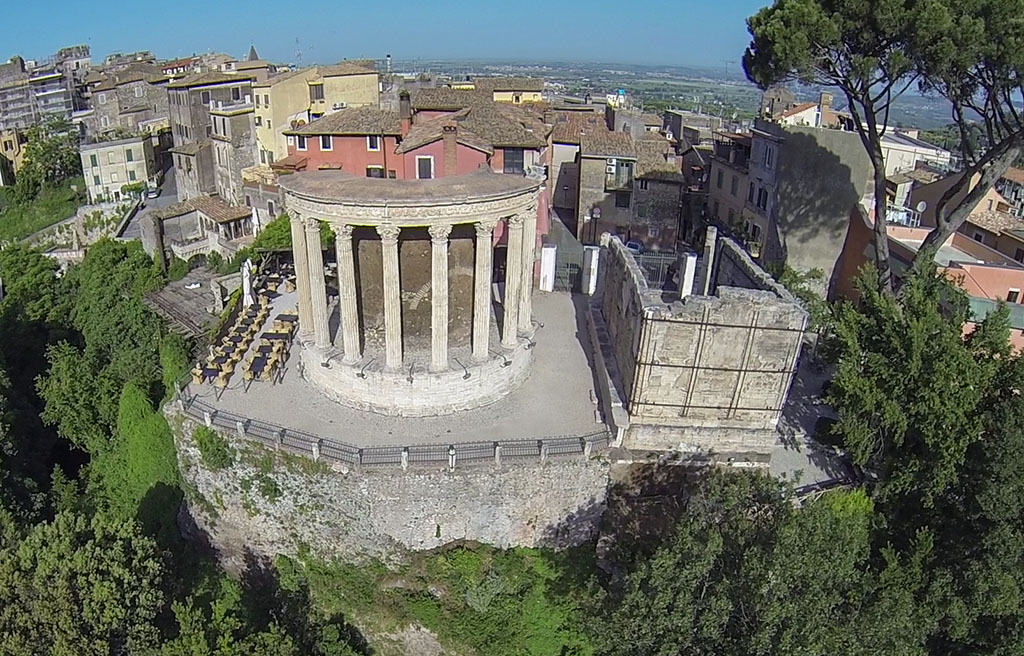
Sanctuary of Hercules Victor (2nd century BC). Now in ruins, it was one of the largest structures in central Italy at the time, and was located outside the ancient city, across the road leading to Samnium. Measuring 188 by 140 metres (617 by 459 ft), it included a theater, a large porticoed square and the temple. It was reached through a series of terraces, in a similar fashion to the Sanctuary of Fortuna Primigenia in Palestrina. The sanctuary also housed one of the more frequented council of musicians in Roman Italy.
Roman Temple of the Tosse, located near the Temple of Hercules and the Villa d'Este and dating perhaps to the early 4th century CE. It is a circular structure with a hole in the 12-metre (39 ft) diameter dome. In the 10th century CE it was turned into a church dedicated to the Virgin Mary.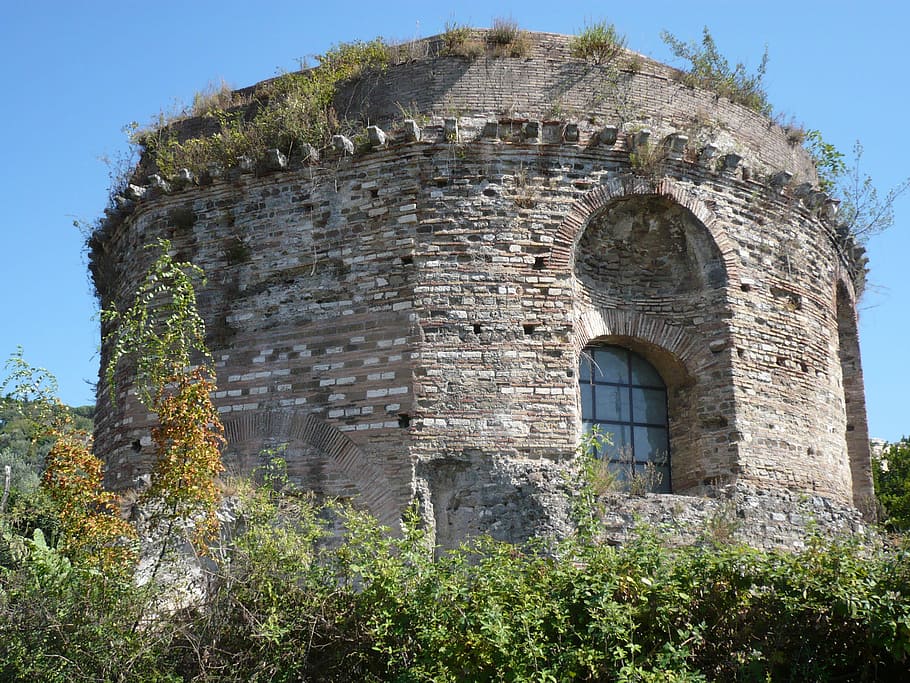
If taking in the sights of Tivoli has tired you out why not enjoy some Penne all'arrabbiata. Arrabbiata is a Lazian pasta sauce which translates to ‘angry’, referring to the chilli in the tomato sauce. Not much else is needed – garlic and basil act as the aromatics, and it’s a sauce which tends to be served without cheese, making it naturally vegan.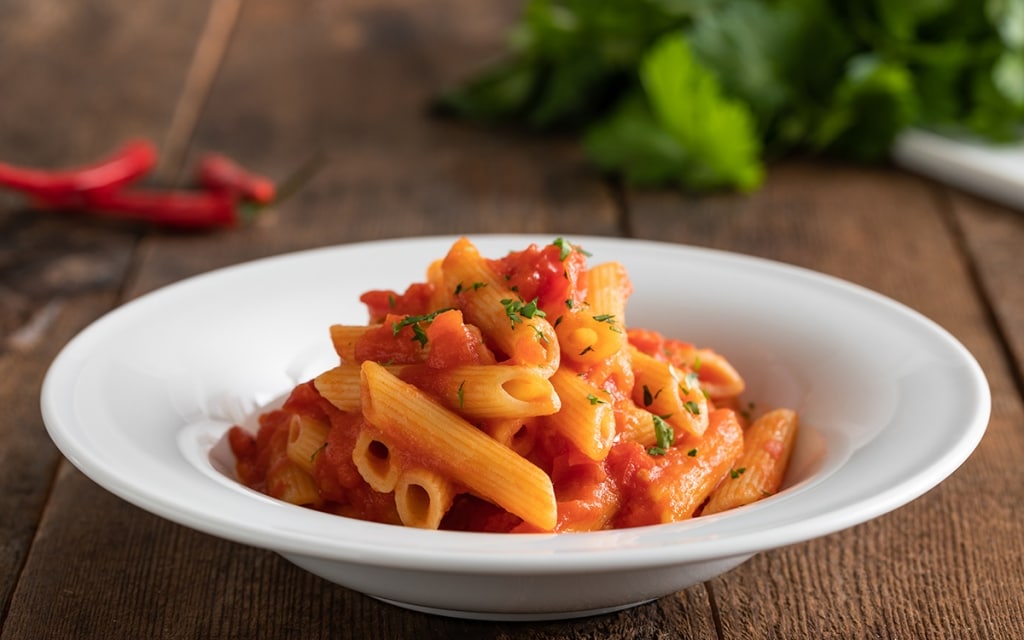
perhaps accompanied by some Zagarolo wine from a small wine area to the south of the town? Production is confidential with the vineyards spread over just 49 acres producing some 4000 cases annually.
BASI Nordic Ski Instructor
Instagramme2 -
-
and from stage 2
according to Annemiek's Strava: 121.61 km 2,652 m 3h 53m. 31.3km/h 74.5km/h
https://www.strava.com/activities/4049104907





BASI Nordic Ski Instructor
Instagramme0 -
Nice winner of stg 4, chapeaux you0
-
Stage 4 - Lizzie Banks and Eugenia Bujak got off the front with 80km to go through some mysterious process that apparently cannot be detected by television cameras. The Maglia Rosa group allowed them over 6 minutes at one point, with around 35km left, and that turned out to be too much. The run in saw Banks wind Bujak up something chronic by sitting on from the 3km mark before attacking as the road steepened at 1200m to break her and take her second career Giro Rosa stage win.
Behind the breakaway AVV did what AVV does and - after a period of trading blows with Longo Borghini - stole away to take third place with everyone else in bits behind. Van der Breggan was the big loser today, dropping back from second, Niewiadoma moves up instead. AVV currently looks unstoppable though.
Stage:
Rnk Rider Team UCI Pnt Time
1 BANKS Elizabeth Équipe Paule Ka 50 30 4:27:21
2 BUJAK Eugenia Alé BTC Ljubljana 40 18 0:07
3 VAN VLEUTEN Annemiek Mitchelton-Scott 30 12 1:10
4 LONGO BORGHINI Elisa Trek-Segafredo Women 25 7 1:22
5 NIEWIADOMA Katarzyna Canyon SRAM Racing 20 4 1:25
6 LIPPERT Liane Team Sunweb 18 3 1:27
7 LUDWIG Cecilie Uttrup FDJ Nouvelle Aquitaine Futuroscope 15 2 1:31
8 GARCÍA Mavi Alé BTC Ljubljana 10 1 1:36
9 MOOLMAN Ashleigh CCC - Liv 8 1:42
10 VOS Marianne CCC - Liv 6 ,,
GC:
1 1 - VAN VLEUTEN Annemiek Mitchelton-Scott 5 12 12:35:33
2 3 ▲1 NIEWIADOMA Katarzyna Canyon SRAM Racing 1:56
3 2 ▼1 VAN DER BREGGEN Anna Boels - Dolmans Cycling Team 2:03
4 4 - LUDWIG Cecilie Uttrup FDJ Nouvelle Aquitaine Futuroscope 3:03
5 5 - HARVEY Mikayla Équipe Paule Ka 4:21
6 8 ▲2 LONGO BORGHINI Elisa Trek-Segafredo Women 4:32
7 6 ▼1 MOOLMAN Ashleigh CCC - Liv 4:34
8 7 ▼1 GARCÍA Mavi Alé BTC Ljubljana 4:38
9 10 ▲1 VOS Marianne CCC - Liv 5:29
10 9 ▼1 CHABBEY Elise Équipe Paule Ka 5:360 -
-
STAGE 5 - Date: 15/09 Terracina - Terracina
The stage tours around the city of Terracina. The city features in the mythological tales of the Odyssey, near where, according to legend tell, lived the sorceress or witch, if you prefer, Circe, from which the name of the Monte Circeo promontory comes from. It also gives its name to the surrounding Circeo National Park.
On paper, it looks like a sprinters stage if they can overcome the second category kom climb of Itri at 54.5km and some 642 meters above sea level.
The race covers 110.3km, with 1065 meters of climbing. The start and finish located in Terracina. The race follows the coast to Formia. The main climb of the day starts as the race turns inland at 37km and is 16km long, climbing some 600 meters. A gentle descent follows to 80km and at 90km the race follows the course of the roman Via Appia back to Terracina.
Terracina
Terracina is an Italian city and comune of the province of Latina, located on the coast 56 km southeast of Rome on the Via Appia. The site has been continuously occupied since antiquity. It was a Roman port.
The modern town occupies the site of the old one. The present piazza is the ancient Roman forum, and the Roman pavement of slabs of travertine with the inscription A. AEMILIUS A. F. in letters once filled in with bronze, is well preserved. The paving is supported by massive arched substructures, which extend under the surrounding houses. The engraving comes from Aulus Aemilius, the local magistrate who, between the end of the 1st century B.C. and the beginning of the 1st century A.D., ordered the square to be paved and to engrave his own name on the stone blocks.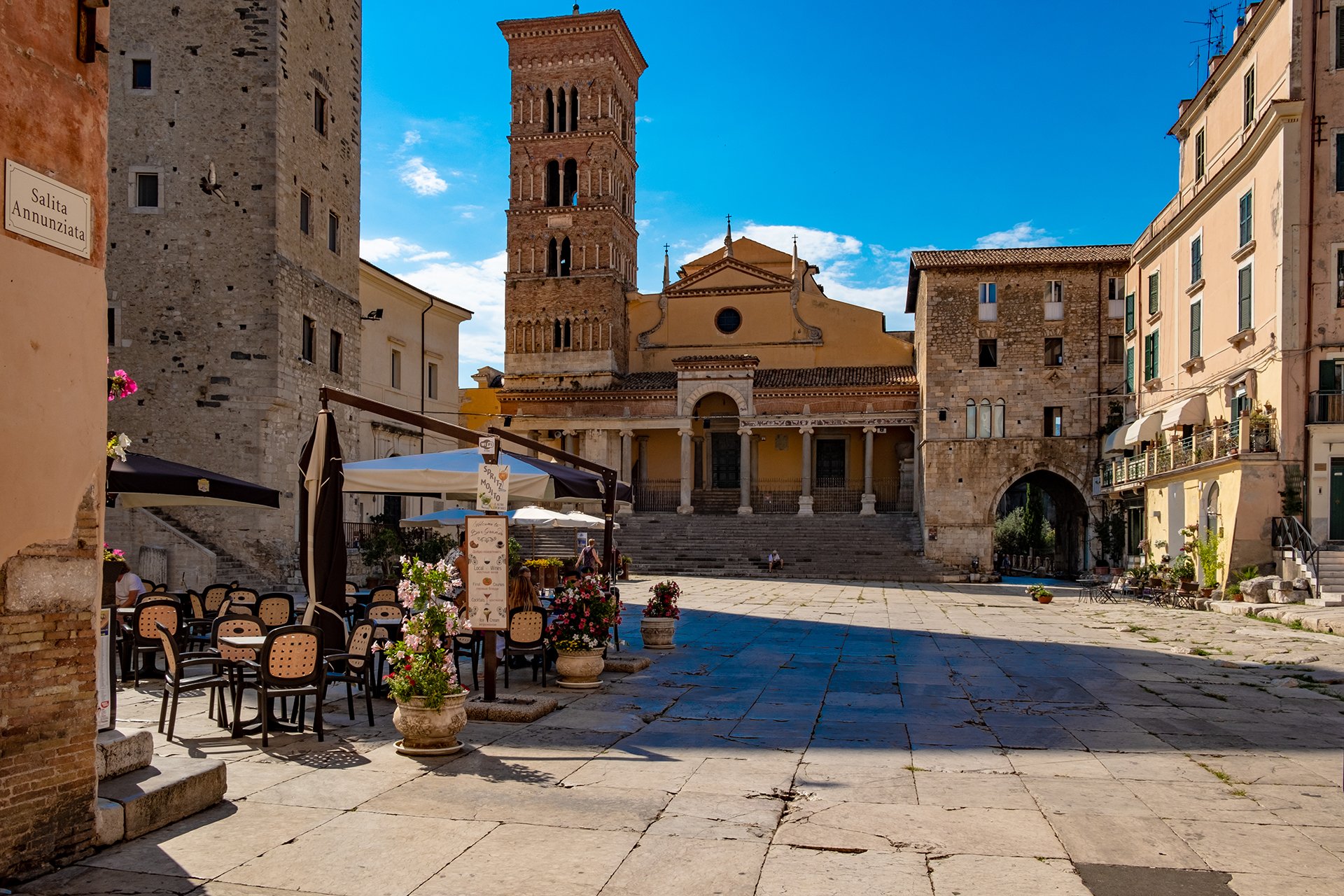
The Via Appia bordered on the North side of the Emilian Forum; the stone paving and the ancient side-walk of the road are completely well preserved; there is a limestone ditch for the drainage underneath this sidewalk. Besides, a series of small pillar, whose bases are the only remains, divided the road from the area of the Forum.
Ampitheatre
The remains of a portico with a floor and some marble columns, which could be reached from the Via Appia through three steps, came to light in 1943-44 during the bombing. Today the theatre, whose entrance (aditus) on the east side is visible, is buried. New excavations, started a shot time ago, are giving good results.
Rampart walk
The new walls were built above the Vosco-Roman circuit at the beginning of the 5th century A.D. and were provided with square towers, most of them are in good condition. A long stretch of the watch walk is also almost intact; this part became an open road in 1786 when Pope Pius VI converted the fortifications into houses.
Posterule walls
Stretch of walls of polygonal stonework, which one can see underneath Via Posterula, may be attributed to the Roman colony of 329 B.C.; on the contrary the construction of small stone blocks and bricks built on it is part of the circuit walls were made in the 5th century A.D. Other stretches of the walls belonging to the Republican period can be admired in the North side of the town and on the hill of S. Francesco.
House from the age of Silla
This construction, goes back perhaps to the first decades of the 1st century B.C. Its front facing has five large archways lying on pilasters; these archways have been walled up and they are not the same height owing to the sloping road. An arched-window can be seen on the west corner and it is reinforced by huge rectangular blocks.
Porta Maggio
Its name comes from Porta Maior (Major) and it marked the most important entrance to the ancient town coming from Rome. The door was demolished at the end of the 18th century; the two imposing towers on both sides can still be admired with its front walls diverging to the outside for defence reasons.
Cuisine
While you are waiting for the race to arrive why not have a dish of Cacio e pepe. It is regarded as one of the simplest and most satisfying Italian dishes. Cacio e pepe consists of pasta (usually spaghetti), aged Pecorino Romano cheese, salt, and lots of ground black pepper. Since the ingredients are easy to transport and do not spoil easily, it was once the favorite dish of local shepherds.
The spicy pepper protected the shepherds from the effects of cold weather during the night, while the pasta provided them with the carbohydrates they needed to perform their back-breaking labor. Anthony Bourdain once said it "could be the greatest thing in the history of the world.
Or perhaps you would prefer Tiella di Gaeta, a savory pie consisting of two layers of crispy dough filled with boiled octopus or squid, tomatoes, capers, and Gaeta olives, then flavored with parsley, pepper, and salt. Originally prepared as a poor man's meal to use up leftover food.
The fillings may vary and include other types of seafood such as salt cod or anchovies and different seasonal vegetables, but tiella always has to be soaked in the famous olive oil from Gaeta.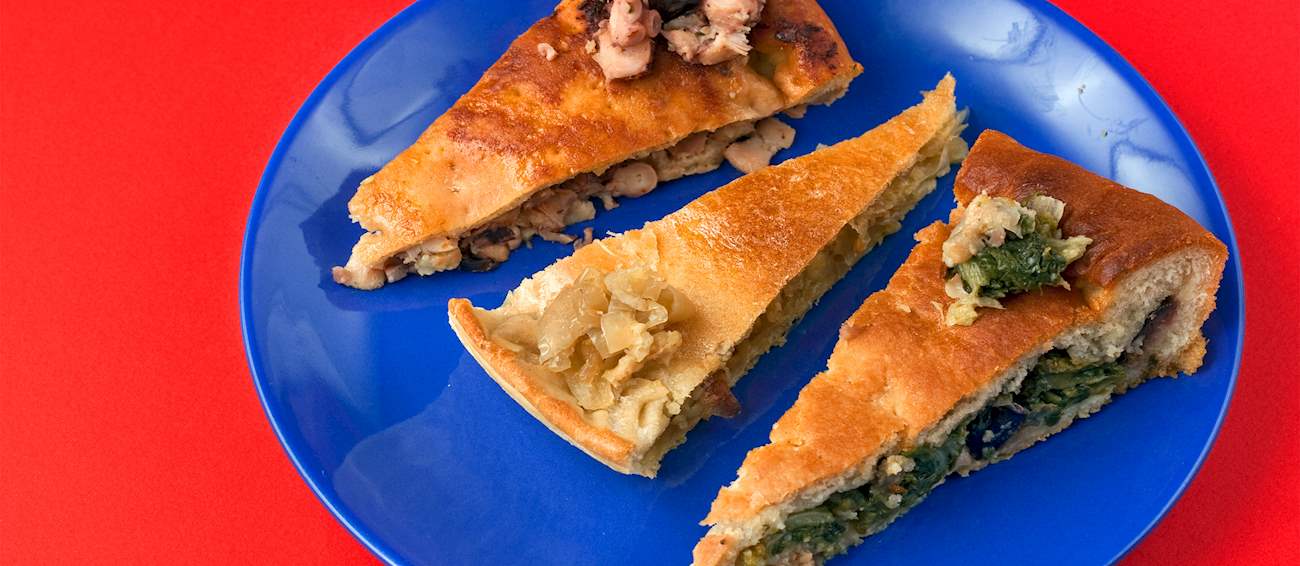 BASI Nordic Ski Instructor
BASI Nordic Ski Instructor
Instagramme2 -
The Sprint up the hill to Assisi was rather good. Vos probably never not going to win but Cecilie made it a competition.
Lizzie Banks cheeky AF today Possibly Bujak didn't realise quite how much time they had to play around We're in danger of confusing passion with incompetence
Possibly Bujak didn't realise quite how much time they had to play around We're in danger of confusing passion with incompetence
- @ddraver0 -
AvV crossed the line yesterday and assumed she'd won. And TBF, why wouldn't she assume that."Unfortunately these days a lot of people don’t understand the real quality of a bike" Ernesto Colnago0




